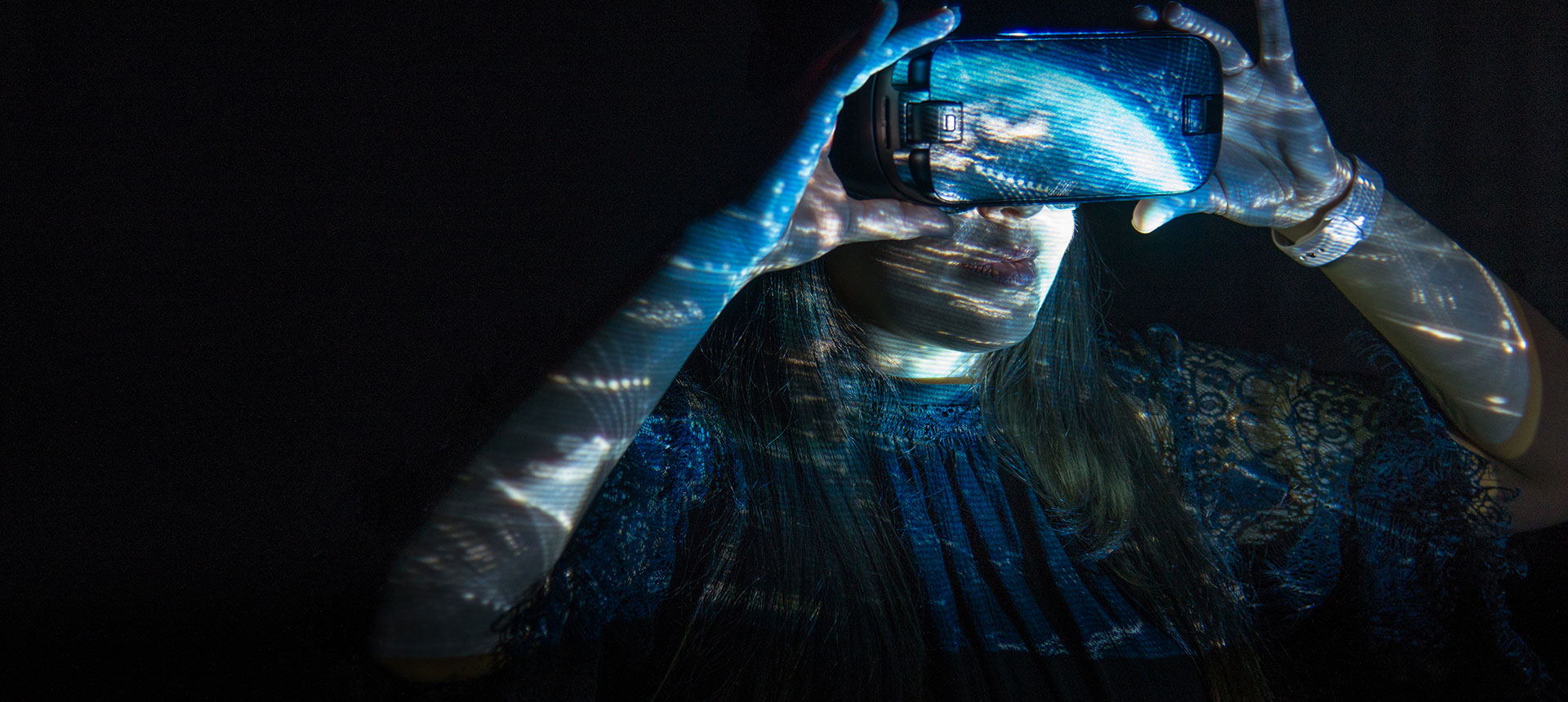The Future Worker
Workplaces respond to trends and the latest technological wizardry, but demographic shifts hit the accelerator on workplace evolution. By 2040, the world’s population will be more than nine billion strong, all with more diverse needs and desires than ever before. Leading up to that, the workforce will become even hungrier for new ways of doing things. Virtual Reality, bots and the Internet of Things are already starting to change the way we communicate, interact and live our lives. By the time 2030 rolls around, tech and human will be inseparable, indivisible, one.


